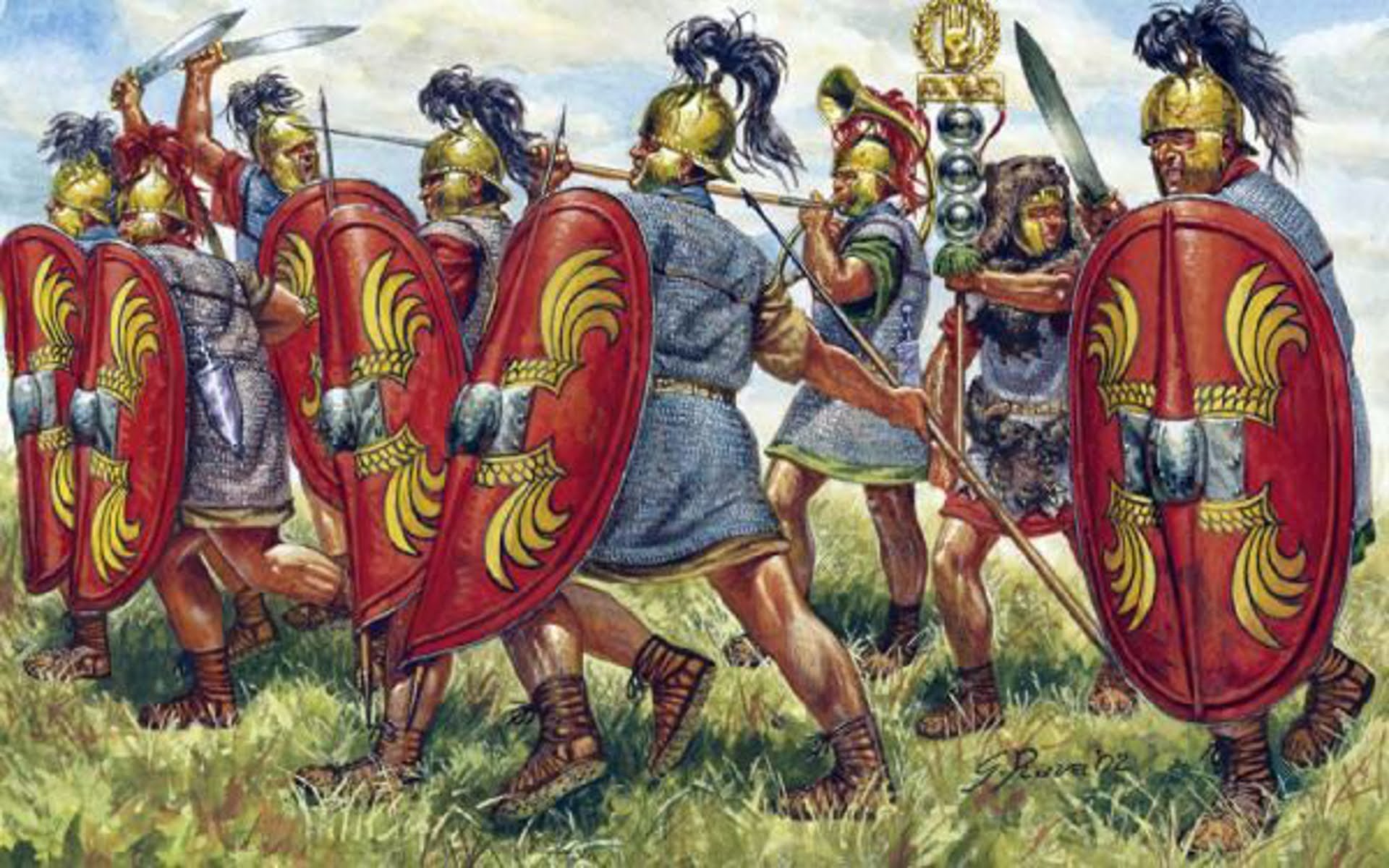MessageToEagle.com – On 9 August 48 BC, the Battle of Pharsalus was fought between Julius Caesar and Pompeius Magnus (“Pompey the Great”) who fled to Egypt.
In this decisive battle of Caesar’s Civil War, on this day, Gaius Julius Caesar and his allies formed up opposite the army of the republic under the command of Pompey. Pompey had the backing of a majority of the senators, of whom many were optimates, and his army significantly outnumbered the veteran Caesarian legions.
It happened at Pharsalus in central Greece.
Caesar had approximately 22,000 men; Pompey possibly had as many as 45,000.
Pompey concentrated the main force of his cavalry on his left infantry wing, hoping to outflank and overpower Caesar’s right wing, which was made up of a mixed band of cavalry and infantry. Caesar, however, foresaw the defeat of his right wing and had stationed behind it about 2,000 of his best soldiers.
In the resulting battle, Pompey’s cavalry drove back Caesar’s cavalry, only to find itself faced by the advancing corps of select men using stabbing spears rather than as javelins. The attack was unusual and confused Pompey’s cavalry turned and fled.
The victorious legionnaires then began to outflank the left wing of Pompey’s infantry; at the same time, Caesar’s third division, which had been held in reserve, was ordered to attack. Pompey’s legions broke, and he himself fled to Larissa.
About 24,000 of Pompey’s troops surrendered; the rest were dead or deserted, while Caesar’s, whose casualties were less than 250.
MessageToEagle.com







